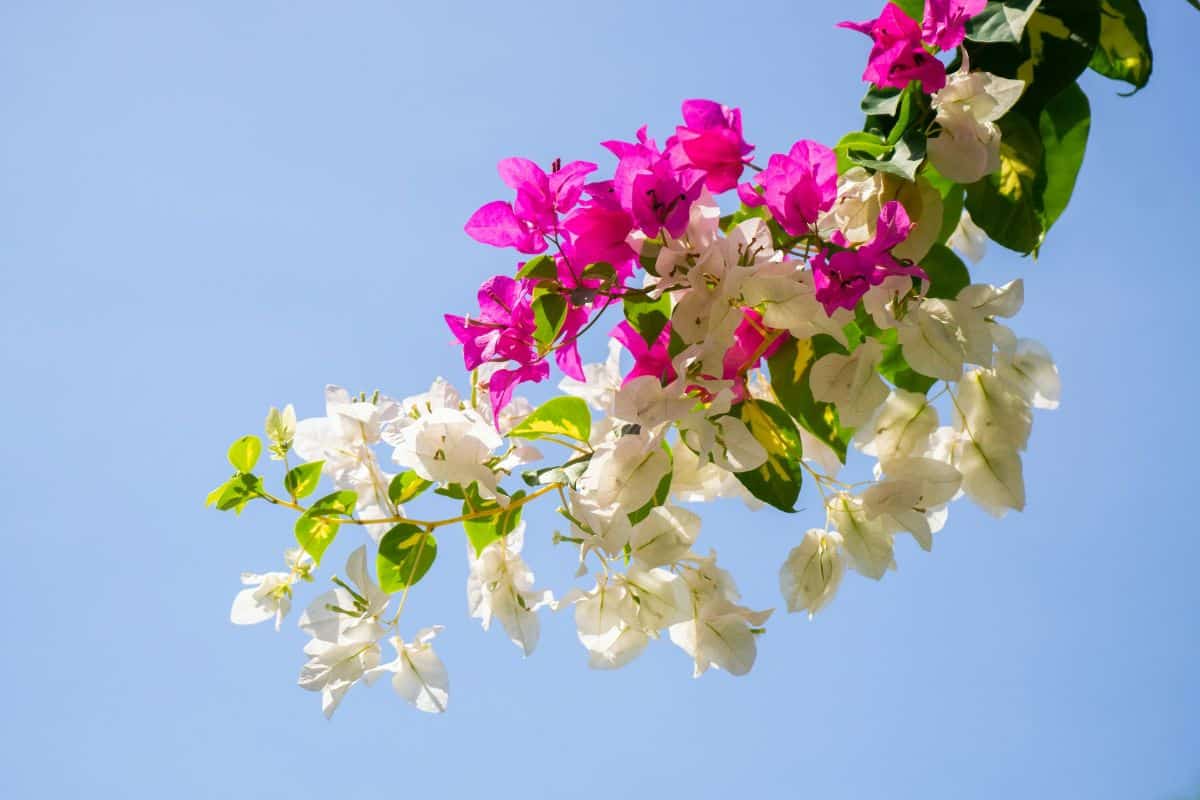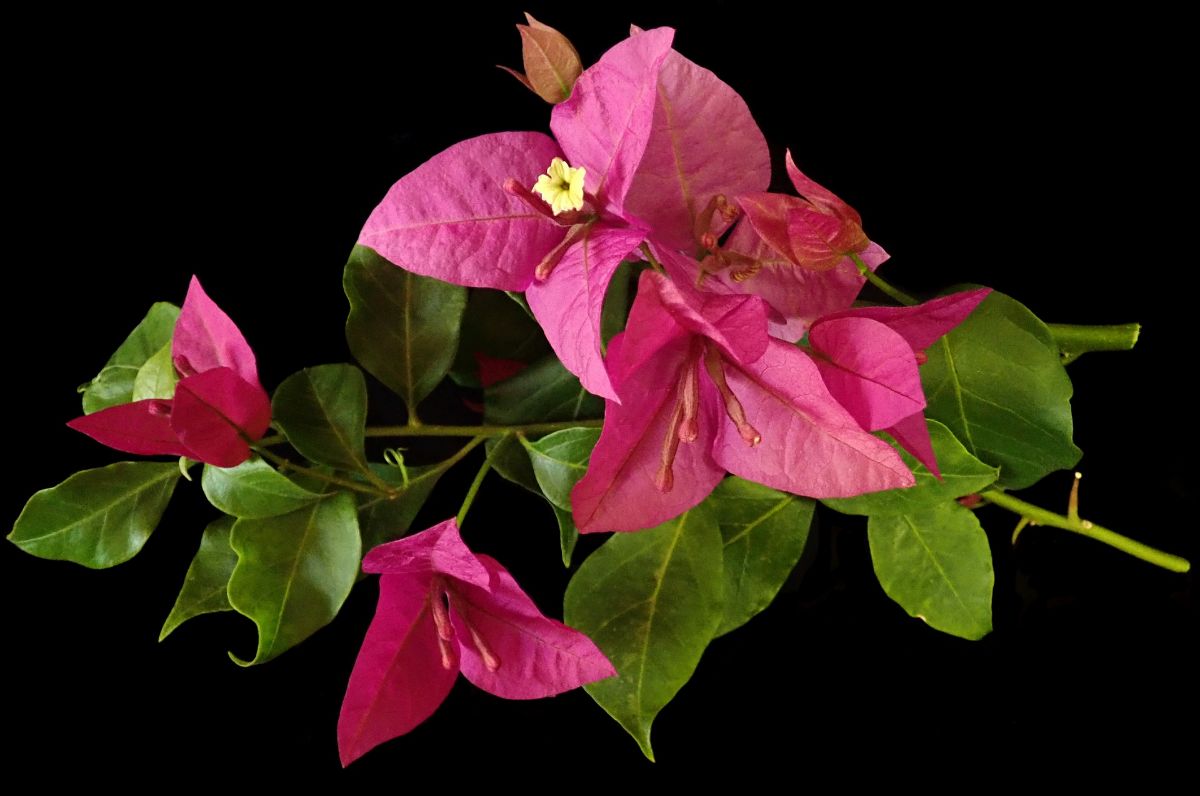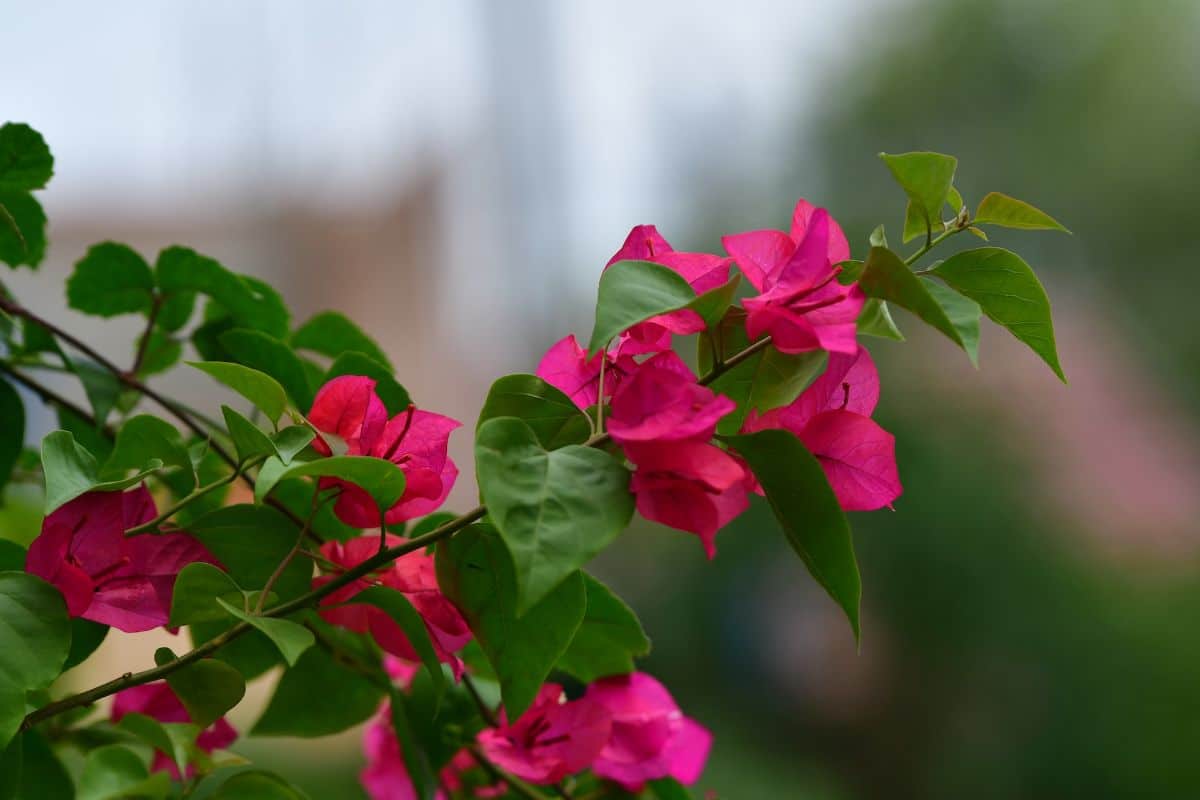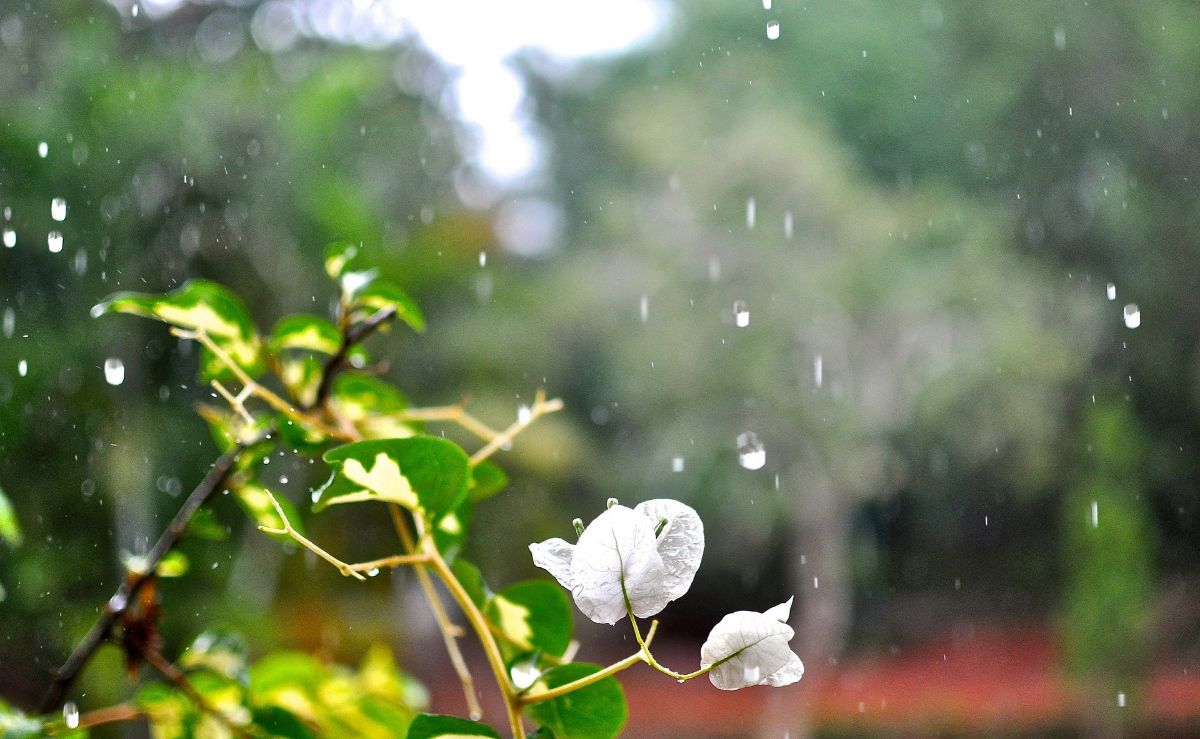
If you have a bougainvillea in the garden, surely more than once you have had to prune it so that its growth does not go out of control. But, Did you know that you can get a new plant from there? How about we explain how to make bougainvillea cuttings?
Next we are going to help you obtain a new plant through cuttings. You will not only learn what you have to do so that the cutting succeeds, but we will also indicate how to choose them to have greater opportunities. Go for it?
What should you take into account when making bougainvillea cuttings?

We are going to start by giving you all the information you need to be able to make bougainvillea cuttings. And you have to keep in mind that these cannot be obtained throughout the year. It is best to wait for a specific time. Exactly in spring and in summer. Until the end of the summer you have time to get hold of them.
Can't it be done in the rest of the seasons? Actually, it is not that it cannot be done, but we do not recommend it if you are a beginner because they are somewhat more complicated to carry out and can discourage you when doing them.
The next thing you need is a mother plant. Try to choose a bougainvillea that you know is healthy, free from diseases, pests, and fungus. By taking a cutting from it, you will have a clone of that plant, therefore, if it is in poor condition, apart from the fact that the cutting may not succeed, if it does, it could be too weak to become an adult specimen and it will see healthy.
How to make bougainvillea cuttings

With all of the above in mind, shall we get down to business? You have to keep in mind that you will have to follow a few steps to achieve the objective, which is none other than having those cuttings (and that they take and form new plants). And, for this, you must follow the following:
get the cuttings
If it's spring, or summer, it's time to get some cuttings. As you will see, the bougainvillea has several types of trunks:
- The young or green ones, which are the ones that have been thrown out that same year and for which you see that it is beginning to develop and grow.
- The semi-ligneous, which are those that are more than a year old. They also have a green stem, but they are beginning to create a woody bark around them that will cover them.
- The woody ones, which are the oldest branches of the bougainvillea and will be completely covered in that bark.
Now you will wonder which of those three is the best cutting. Well, the best are the semi-woody stems. Also, not just anyone will work for you. You need those you choose to have several nodes (since that is where it will root). And, also, you should make sure that they measure about 20 centimeters.
If it meets all the conditions, you just have to get the sharpest scissors possible, and also disinfected) and make the upper cut diagonally, but the lower one must be straight (and below the knot).
Next you must remove the flowers, lower branches and leaves that it has. You should only have one or two leaves left at the top. This is done to prevent the cutting from losing strength by keeping those leaves, branches and flowers and to focus on what is important at that moment: producing roots.
Two ways to plant the cutting

Now that you have the cutting, do you plant it in the ground? Do you put it in water? This is one of the questions that may arise, especially if you are already a bit of an expert in cuttings and you know that there are two ways to do it (not in all plants, but in almost all).
And here the truth is that you have two ways:
put it in water
What is done is put the cutting in water covering the nodes of the branch. Rooting hormones should be added to this water as they will help it take root. (If you don't throw it at him it's much more difficult for him to do it himself).
The time you must have it there is unpredictable. There will be some bougainvillea cuttings that take a few weeks or months to root, and others that take considerably longer. So arm yourself with patience.
Of course, it is recommended that you change the water often, as well as the hormones, to renew the water and that it does not lose the nutrients that it can provide to the plant. It goes without saying that it should be water free of chlorine, lime… The ideal would be rainwater or, failing that, distilled water.
plant it in the ground
At this point, many experts recommend leaving the cuttings for at least 12 hours in vitaminized water. (with group B vitamins) to activate and also receive a good dose of energy. They even also advise spraying them several times to keep them moist.
Once this type has passed it will be time to plant them. Of course, you have to choose a land that retains a lot of moisture but at the same time is not very fertile and that has neither nutrients nor fertilizers.
The best? Well, peat, coconut fiber… Mix it with a bit of perlite or sand to make it lighter and not clump together. In addition, you can add rooting hormones (to the soil or irrigation water).
To plant the bougainvillea cuttings, you must bear in mind that you have to bury at least 5 centimeters of it so that at least one of the nodes remains underground and can take root. If there are two even better.
But what you must make sure of is that at least there are knots that remain on the outside, because just as roots will come out of some, new shoots will come out of others.
And now you will wonder, how do I plant it? With the diagonal cut down or with the straight one? Well then, you have to plant in the same orientation as the cutting, always with the cut straight down.
From here the only thing you will have left is to take care of it so that it can move forward. Leave it in an area where it gets a lot of light and keep the substrate always humid, even the cutting itself. In a matter of 15 days, or a month, it should take root, although it will take longer to sprout. If you do, it will mean that you will get ahead. Now you know how to make bougainvillea cuttings. Do you dare to try?